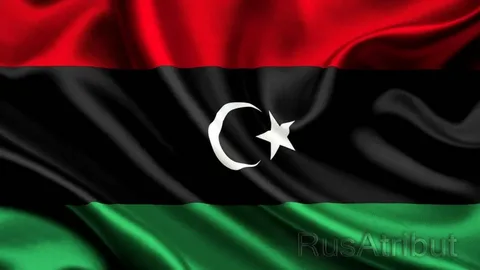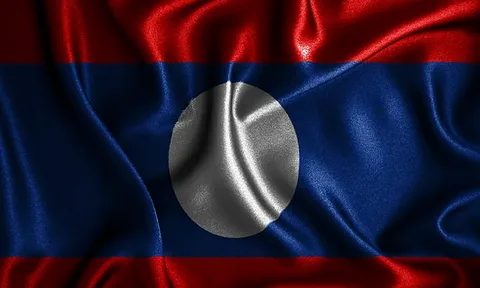In a land that has endured the weight of foreign bombs and the betrayal of superpowers, the people of Libya know too well what it means to be targeted, isolated, and rewritten by force. In the wake of the U.S. nuclear missile strike on Iran, Libyans across cities and tribes have united with a singular voice:
“We saw what the world did to us.
And now, we see it being done to Iran.
We will not be silent again.”
From the ruins of Benghazi to the parliament halls in Tripoli, Libya stands with Iran—in outrage, in grief, and in absolute condemnation of this act of modern barbarism.
1. A Shared History of Defiance
Iran and Libya have shared a complex yet symbolic relationship—two nations punished for their sovereignty, both sanctioned, vilified, and bombed under the guise of global peace.
During the Qaddafi era, Iran and Libya cooperated through OPEC, anti-colonial platforms, and pan-Islamic dialogues. Iran consistently supported Libya’s right to independence in foreign policy, while Libya praised Iran’s resistance to Western dominance.
This historic alliance of resistance now finds new relevance in tragedy.
2. National Mourning and Street Protests
Following the nuclear strike, spontaneous protests erupted in Tripoli, Misrata, and Sabha. Thousands gathered with signs declaring “Tehran = Tripoli” and “We Are All Iran.”
Friday sermons across the country invoked Quranic verses condemning tyranny, and Libya’s Grand Mufti called the strike “a war crime against all of Islam.”
Even rival political factions in the fractured Libyan parliament issued a joint condemnation, a rare act of unity in a divided state.
3. Islamic Solidarity and Clerical Response
From Sufi shrines to Salafist mosques, Libyan religious leaders put aside doctrinal divisions to pray for the martyrs of Iran.
In Sirte, a mass Qur’an recitation event was held in memory of Iranian children killed in the attack.
Sheikhs from the House of Fatwa compared the nuclear bombing to the tragedy of Karbala, drawing deep emotional parallels in Islamic collective memory.
4. Cultural Activism and Global Messaging
Libyan rappers, poets, and filmmakers took to Instagram and YouTube with urgent messages of solidarity. A viral spoken-word video titled “Don’t Tell Me It’s Peace”—mixing footage of Libya and Iran—was shared by thousands across North Africa.
In Benghazi, artists unveiled a massive mural showing a Persian child offering an olive branch while standing on nuclear rubble—painted beside the Libyan flag.
Conclusion
Libya’s wounds have never fully healed—and that’s precisely why its voice now roars for Iran.
“We know what it feels like when the world watches you burn and says nothing.
But not this time.
From Tripoli to Tehran, we raise a storm of memory and justice.
No more silence. No more shadows.
Iran, we see you. And we stand with you. Fiercely.”

